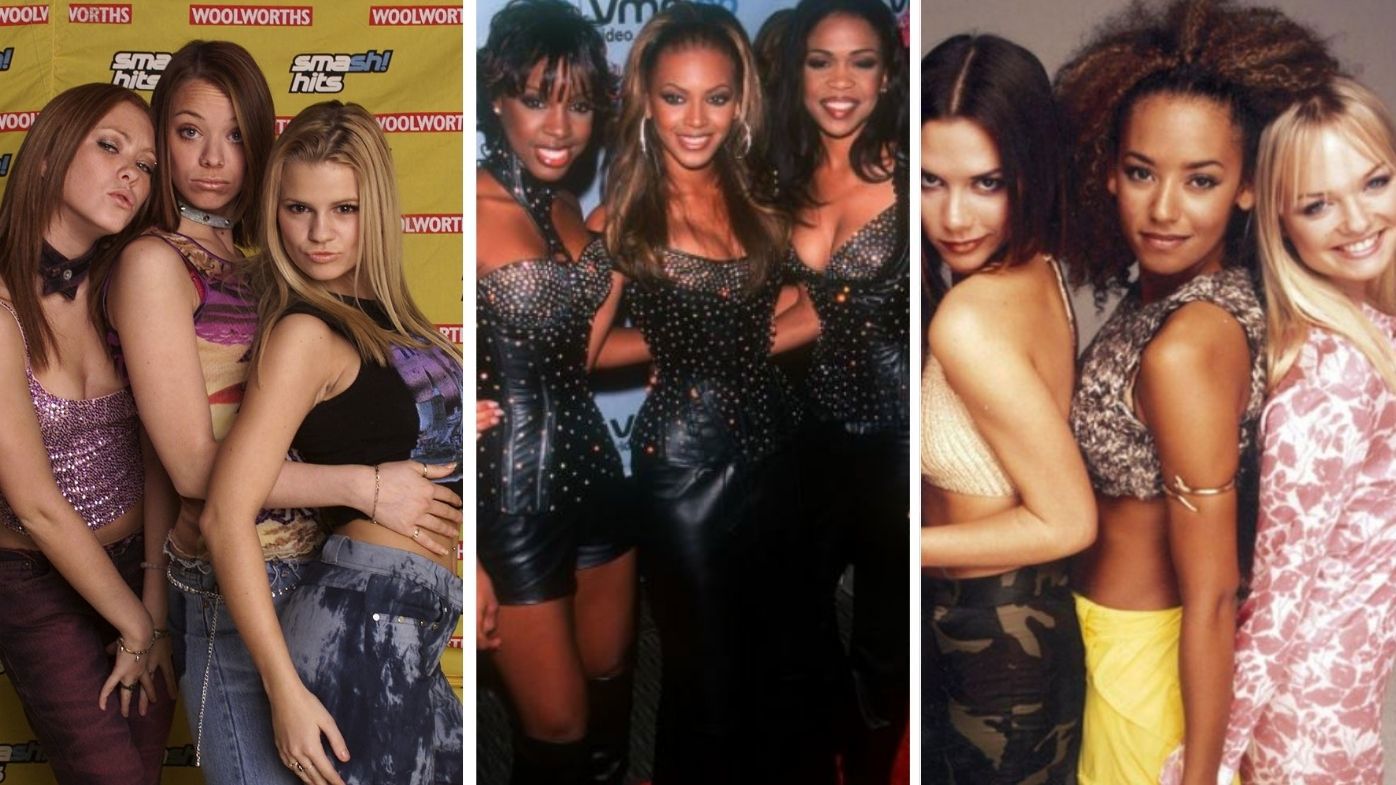Entertainment
Biggest Girl Band Feuds and Breakups

Inside the Dramatic Feuds of Iconic Girl Bands
In the realm of music, girl bands have often dazzled audiences with their chart-topping hits and dynamic performances. However, behind the scenes, many of these groups have experienced fierce conflicts, personal disputes, and heart-wrenching breakups. From the Spice Girls to Destiny’s Child, we explore some of the most notorious feuds that have shaped the legacies of these beloved girl bands.
Destiny’s Child catapulted to fame in the late 1990s and early 2000s, with members Beyoncé Knowles, Kelly Rowland, and Michelle Williams at the forefront. Originally formed as Girl’s Tyme, the group underwent several lineup changes, with former members LaTavia Roberson, LeToya Luckett, and Farrah Franklin exiting amid a clash with Knowles’ father and the group’s manager, Mathew Knowles. The tension escalated into legal battles, with Roberson and Luckett suing for what they believed was unfair treatment. The song “Survivor” is often seen as a response to the conflict. Ultimately, the group disbanded in 2005, choosing to part ways amicably, expressing gratitude for their time together.
Little Mix, formed in 2011 after their victory on the UK version of The X Factor, quickly became a staple in the pop music scene. The group, comprising Jesy Nelson, Perrie Edwards, Leigh-Anne Pinnock, and Jade Thirlwall, enjoyed immense success with hits like “Wings” and “Shout Out to My Ex.” However, things took a dramatic turn in 2020 when Nelson announced her departure from the group, citing her struggle with mental health and the need to focus on herself. While the remaining members expressed their commitment to the group, tensions flared when accusations of jealousy arose, leading to Nelson admitting on national television that she hadn’t spoken to her former bandmates in two years.
Girls Aloud initially found fame through the reality show Popstars: The Rivals, featuring members Kimberley Walsh, Cheryl, Nadine Coyle, Sarah Harding, and Nicola Roberts. Despite achieving 20 number one singles, their breakup in 2013 led to an explosion of bitterness as members vied for individual success. In the aftermath, Coyle publicly distanced herself from the group’s split, emphasizing her desire to continue performing. Behind the scenes, talent manager Louis Walsh even suggested that girl bands often struggle with internal rivalry.
Fifth Harmony rose to prominence in 2012 after being formed on The X Factor. The group, featuring Camila Cabello, Ally Brooke, Normani, Dinah Jane, and Lauren Jauregui, faced upheaval when Cabello departed in 2015, citing personal reasons. The remaining members expressed their hurt in statements, revealing the emotional impact of her exit. Cabello later addressed the tensions in her music, confirming her feelings surrounding her departure in a song from her upcoming album.
The early 2000s girl group Atomic Kitten, known for their hit “Whole Again,” experienced their share of discord, culminating in both verbal feuds and on-stage skirmishes. Tensions within the group reached a boiling point, leading to explosive confrontations, especially with Kerry Katona’s tumultuous departure during her pregnancy. Their reunion only reignited previous conflicts, highlighting the challenges of harmony in such a setup.
The Pussycat Dolls, known for their sultry performances, began as a burlesque dance troupe and transformed into a music phenomenon in the 2000s. A rivalry between Nicole Scherzinger and Melody Thornton became public knowledge, with Thornton revealing the mental toll the experience took on her. Speculation about Scherzinger’s desire for lead status only intensified the divisions within the group, resulting in a complex and often painful legacy.
It’s incredible to think that even the most successful girl groups, like the Spice Girls, who preached the message of “girl power,” were not immune to conflict. Mel B shared tales of near-fatal feuds, including a heated altercation with Victoria Beckham. The competitive nature of these relationships often resulted in both verbal and physical confrontations, underscoring the struggles faced even by those in the spotlight.
In addition to these prominent examples, other groups such as All Saints and Bardot also faced their battles. All Saints famously admitted to personal conflicts that led to their split, while Bardot’s reunions sparked rumors of lingering tensions among former members.
These tales of girl band feuds remind us that success comes with its own set of challenges, often revealed through the personal struggles of the individual members. The legacies of these groups are shaped not only by their music but also by the turbulence that accompanied their rise to fame.
